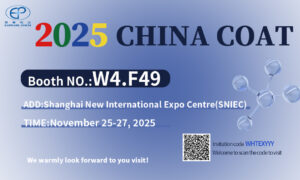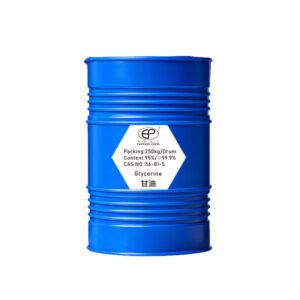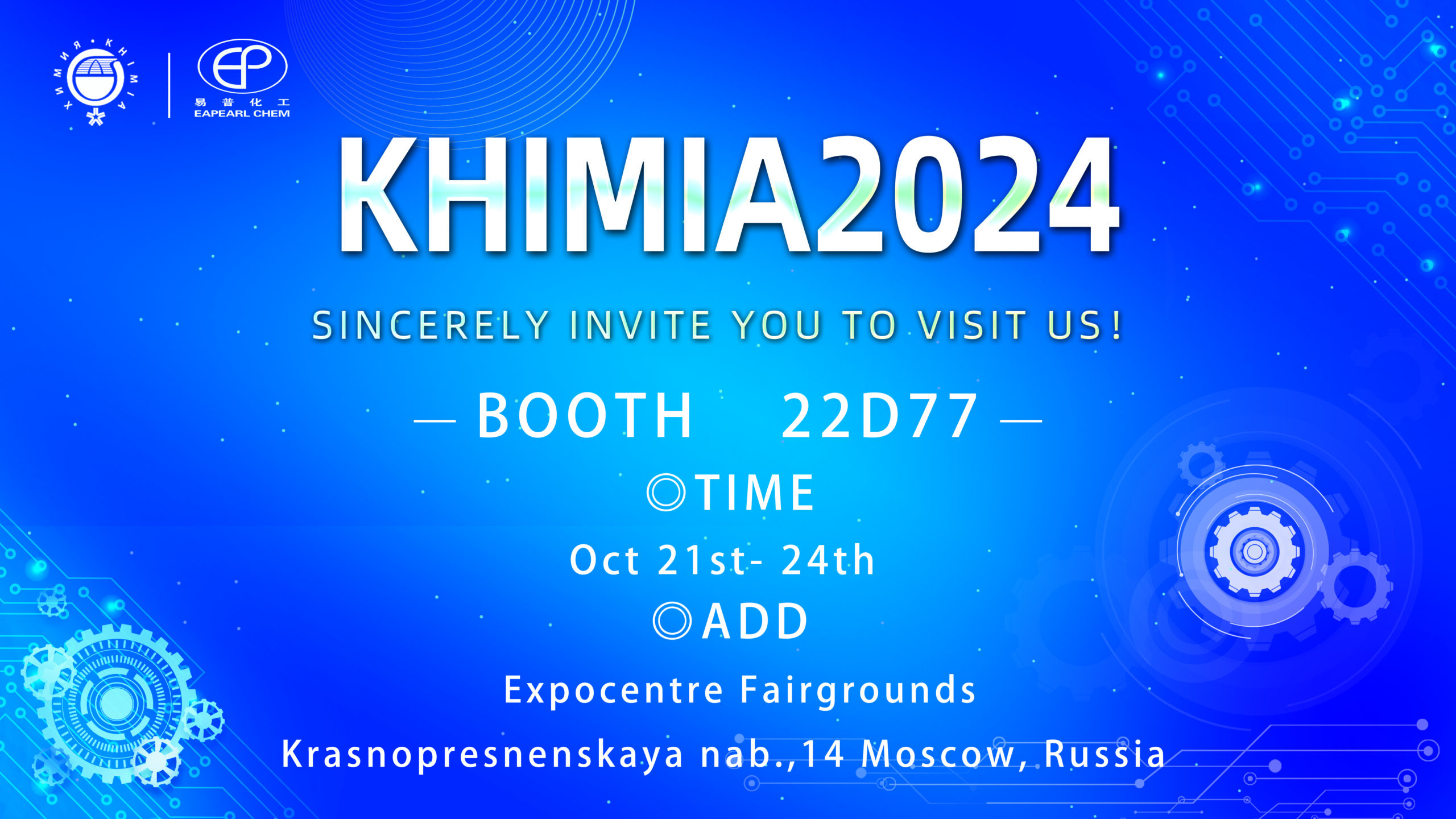Industrial grade DMC (diethyl carbonate) is a colorless, transparent liquid with a pungent odor at room temperature. It has a relative density (d204) of 1.0694, a melting point of 4°C, a boiling end of 90.3°C, an open flash point of 21.7°C and a closed flash point of 16.7°C, and a refractive index (nd20) of 1.3687. Methyl iodide, which has low toxicity and is slightly soluble in water, can be mixed with almost all organic solvents in any proportion to create methylation reagents. It has lower toxicity than other methylation reagents, such as iodomethane and dimethyl sulfate, and microorganisms can break it down.
Industrial-grade DMC has a wide range of applications. The paint and adhesive industry can use this solvent as a low-toxicity substitute for toluene, xylene, ethyl acetate, butyl acetate, acetone, or butanone. It has excellent solubility, a minor melting and boiling range, high surface tension, low viscosity, and a small-medium dielectric constant. The paint and pharmaceutical industries widely use this solvent due to its low toxicity, fast evaporation rate, and high evaporation temperature. It is an environmentally friendly green chemical product. It can be employed as a methylation, carbonylation, hydroxymethylation, and formylation agent in food antioxidants and plant protection agents.
Additionally, it is a promising agent for these processes. The pharmaceutical industry can use methyl isocyanate to synthesize anti-infective, antipyretic, analgesic, vitamin, and central nervous system drugs. In contrast, the pesticide industry can use it to produce some amino acid ester drugs and insecticides (benzene ether). Methyl isocyanate is a suitable alternative to highly toxic ozone, dimethyl sulfate, and chloroformic acid methyl ester. It can also synthesize polycarbonate, carbonate di benzene, and isocyanate ester. They mainly focus on insecticides. It can also be used as a gasoline additive and lithium battery electrolyte.
The following methods can synthesize industrial-grade DMC:
- (1) Ester exchange method. An ester exchange reaction with methanol can obtain diethyl carbonate or propylene carbonate. This method has a high yield, low equipment corrosion, and mild reaction conditions. Still, the source of raw materials is limited by the petrochemical industry’s development, and the elements’ utilization rate could be higher.
- (2) Oxidation carbonylation method. Methanol, carbon monoxide, and oxygen can be directly synthesized into diethyl carbonate under the catalyst. This method has cheap and easy-to-obtain raw materials, low toxicity, and a simple process. It is the most promising method.
- (3) Methanol and CO2 reaction synthesis method.
- (4) Methanol and urea reaction synthesis method.








